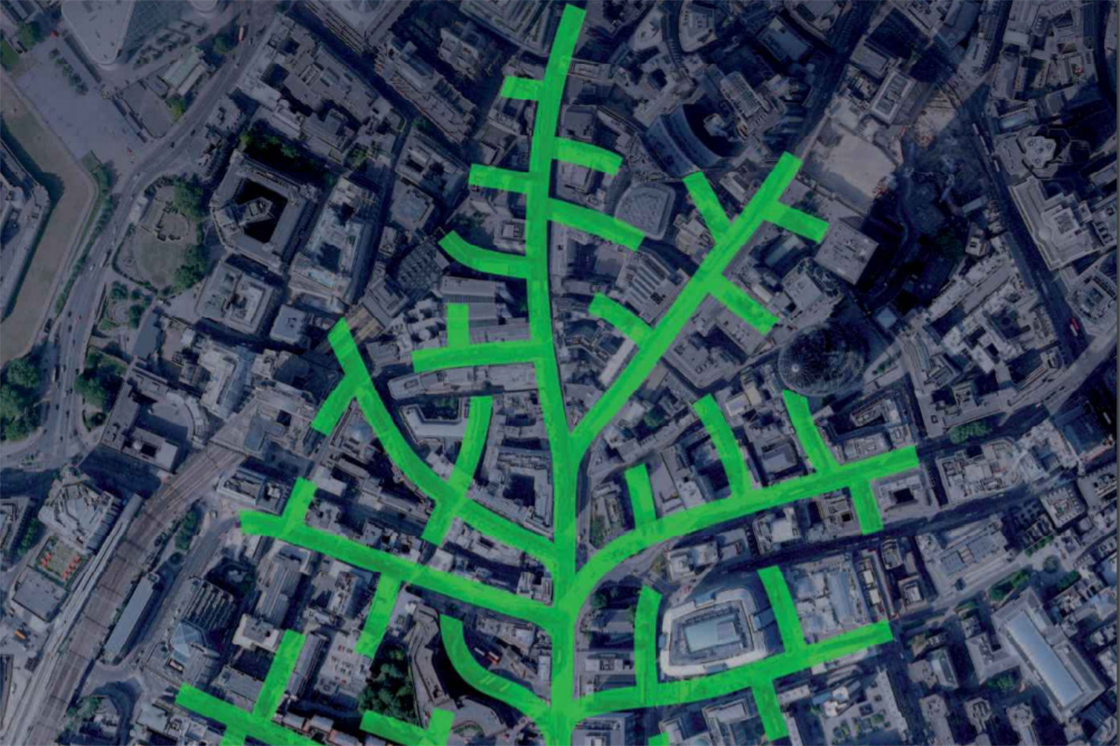District Heating is ready for the future's challenges
In the Renewable Energy Directive recently passed by EU, district heating and cooling has been included as a central part. This illuminates the potential that the technology offers for achieving the proposed 20% CO2 reduction by 2020 and gives optimism towards the deployment of district heating in EU.
The benefits of district heating are unquestionable and well proven. What it demands, however, is willingness to make a joint approach towards energy supply, and realization of the fact that improving the energy system is a long term project. Highly efficient district heating systems such as in Denmark, Sweden and Finland have not developed overnight – this has taken place through decades. Governmental support and long term heat planning are crucial success factors.
In its ability of being a multi-fuel system, district heating is not only appropriate for renewable energy sources of today but also those of tomorrow. As new sources of energy are developed, the existing district heating infrastructure will be ready to transfer the heat to users. Consequently, the users are not forced to invest in any new technology as the new energy source has been effectively put into work at a central plant. This makes transformation to new and clean energy sources easy.
For the benefit of society, consumers and the environment, we encourage the use of district heating. The technology is well developed yet future proof, and offers an opportunity to take advantage of large amounts of energy which is today wasted in energy production.

Ecopolis - Heating the sustainable city
Safe, sustainable, scalable – District Energy is an essential component in achieving real carbon savings today.
